How to Design the Perfect Low-Maintenance Garden.
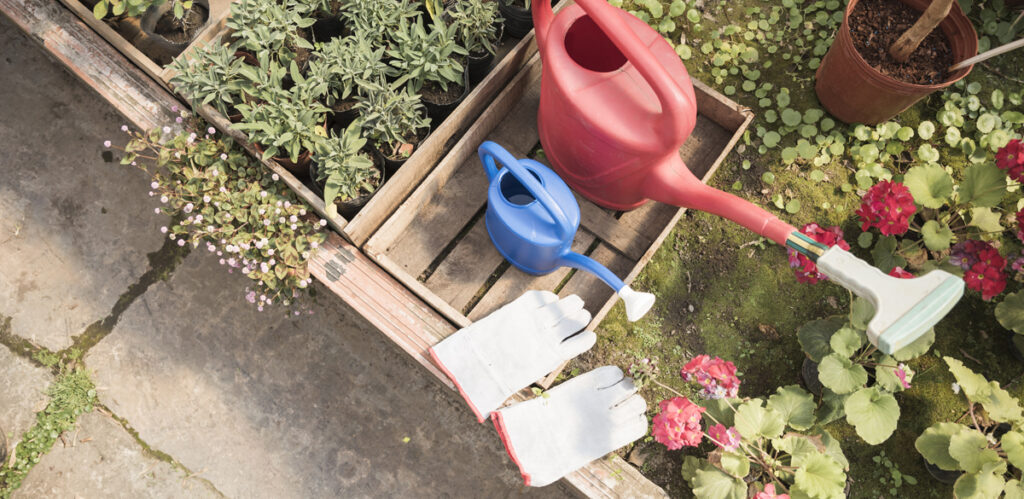
- 02-01-2025
- By Satish K
Designing the Perfect Low-Maintenance Garden
The idea of gardening is commonly considered as a nostalgic, time-consuming work of art where the professionally tended land can blossom. But the beauty of having a garden is that sometimes people may find themselves overwhelmed in tending it because of their busy schedules. If you have a vision of an ideal outdoor area that takes little effort in maintaining, you should consider having a landscaping of a low-maintenance garden. This not only saves your time and energy but may also contribute towards the beautification of the property in question. In this article, I’ll provide information on different techniques and design factors that will assist you in achieving the goal of having the perfect low-maintenance garden.
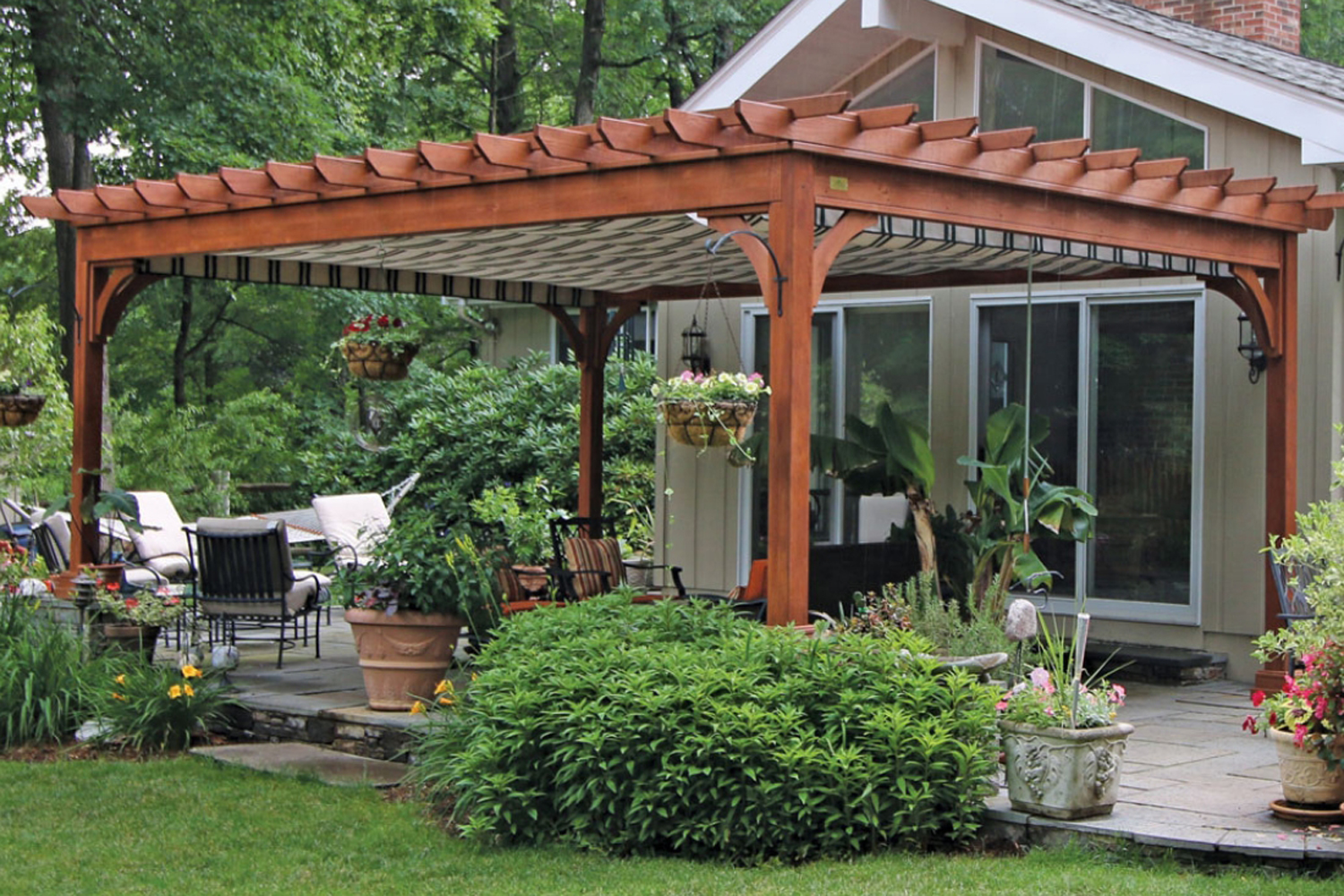
Pergola
Understanding the Concept of Low-Maintenance Gardening
In its simplest terms, low-maintenance gardening involves working smart for a system that is maintainable, cost-effective, and still looks good. It refers to the selection of plants and other items that do not need much attention yet can hold a beautiful landscape. It enables you to exercise leisure in your outside area while not putting on an enormous pressure like in regular gardening. Practical knowledge of the climate in your region and the identification of the right plants will enable a person to maintain beautiful gardens without spending much effort.
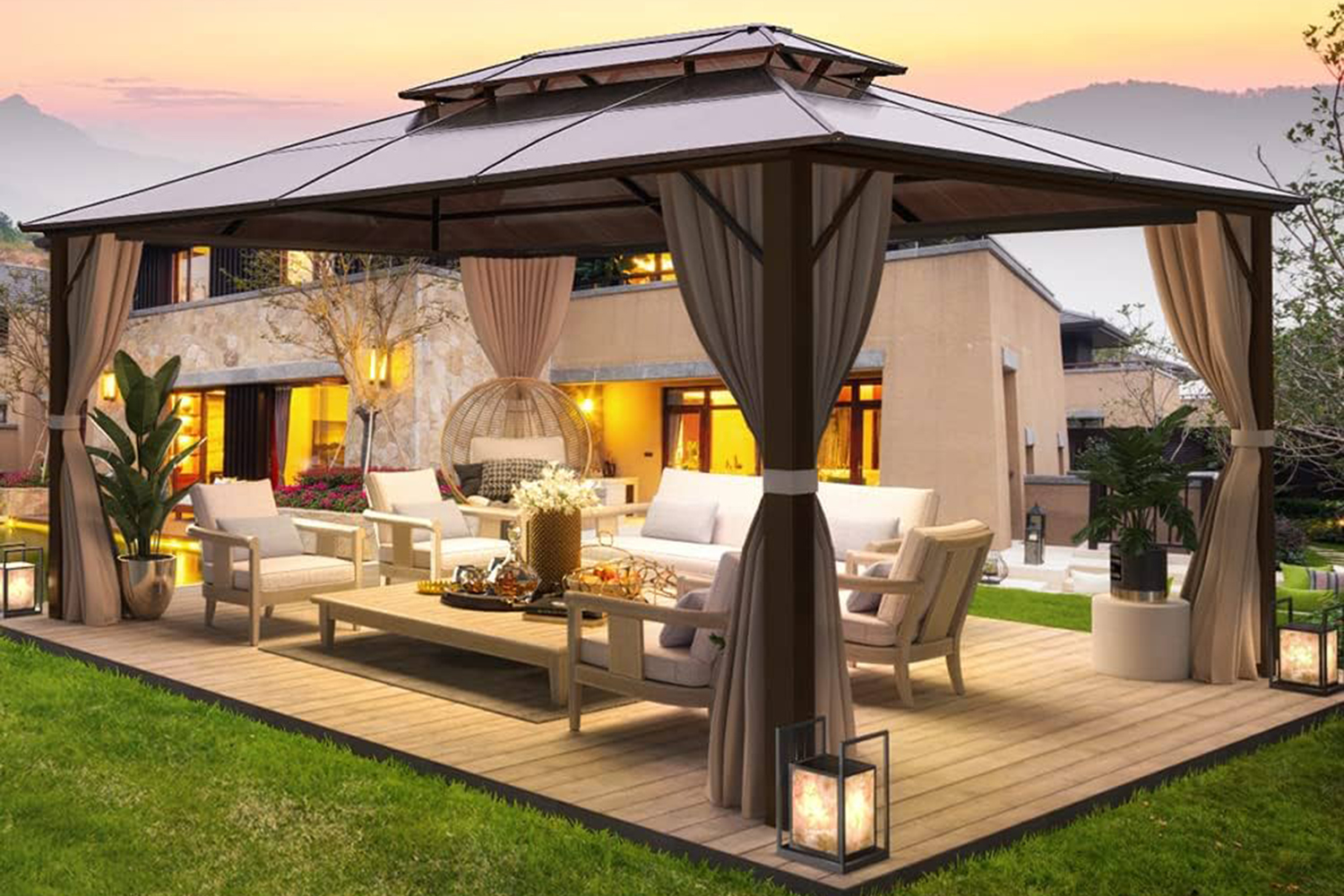
Gazebo
Choosing the Right Plants
The choice of plants is by far the most important aspect of designing a low-maintenance garden. The principle is to select those that adapt well to the climate and soil of your locality, the climate of your farm. It is generally preferable to use native plants since they have been bred for that locality through the years. They normally are less water-consuming and are relatively resistant to local pests and diseases. Incorporation of native plants in your landscape serves the purpose of local wildlife and additionally minimizes the use of chemicals.
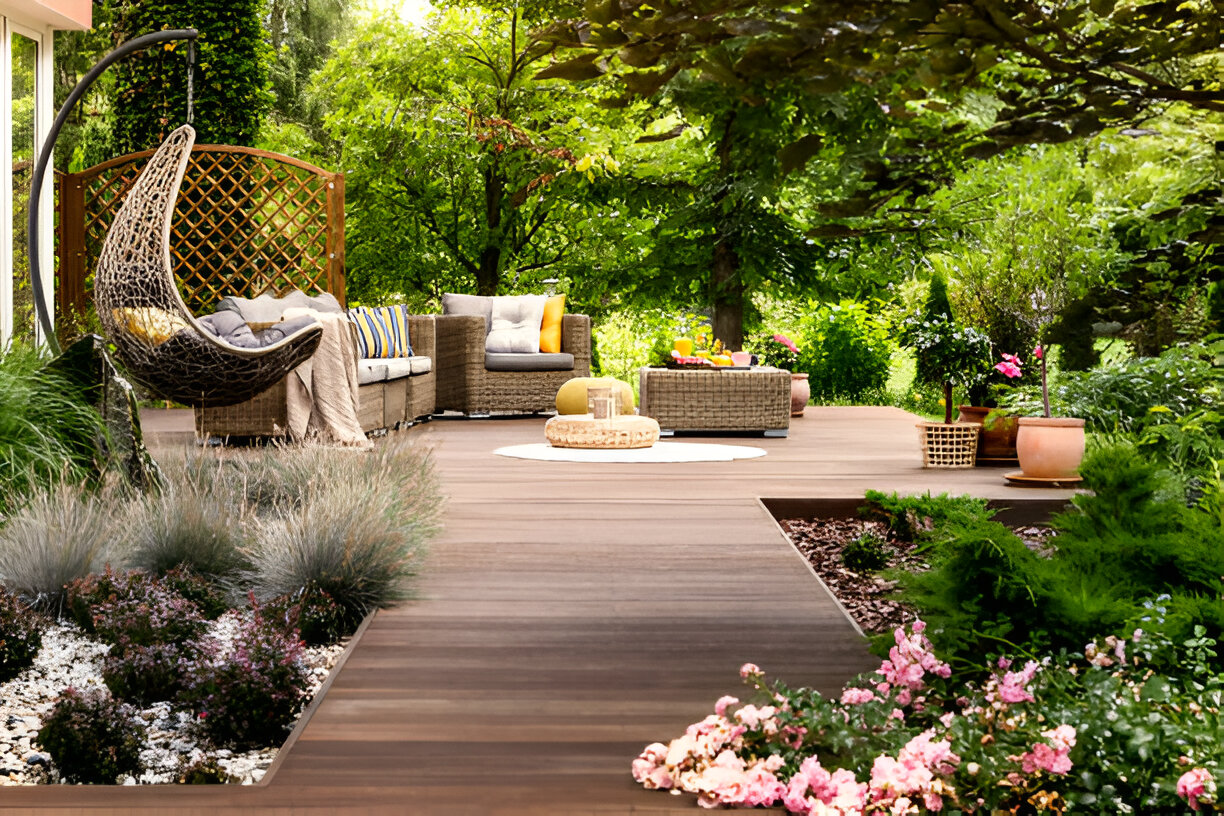
Patio
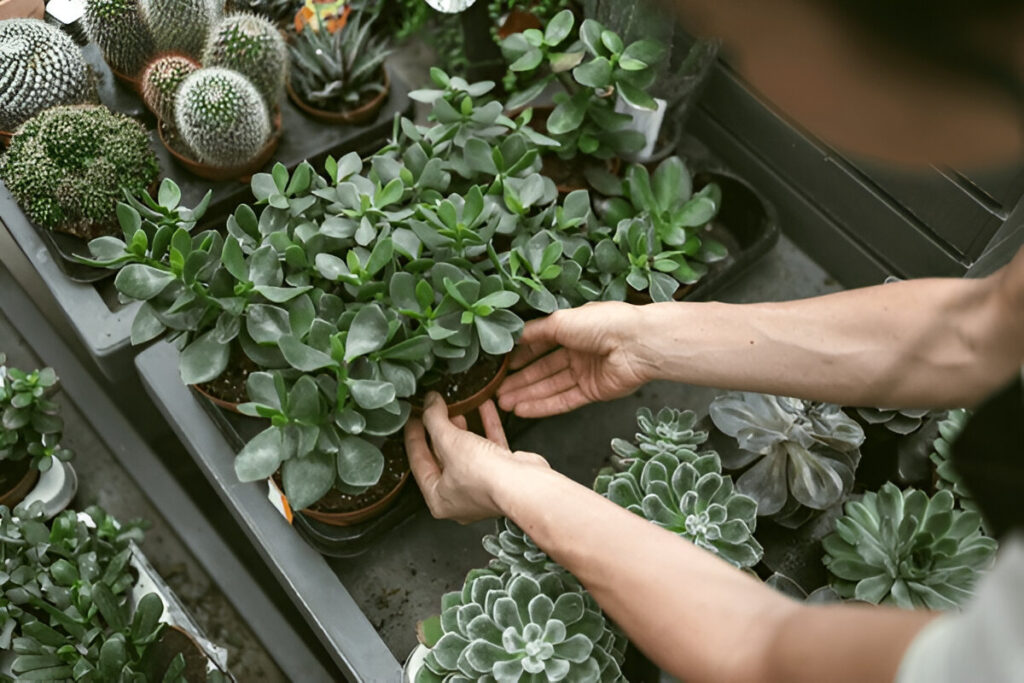
Other common types of plants that are well suited to a low-maintenance garden are perennials. Perennials are plants that can regrow after planting, unlike the annuals, which have to be planted over and over again. This not only takes you less time but also has the benefit of more developed roots compared to other plants that withstand droughts. Other plants like the day lily, marigold, and Gerbera daisy require replanting only once and give the garden the much-needed color and texture.
Top 5 most popular perennials Plants,
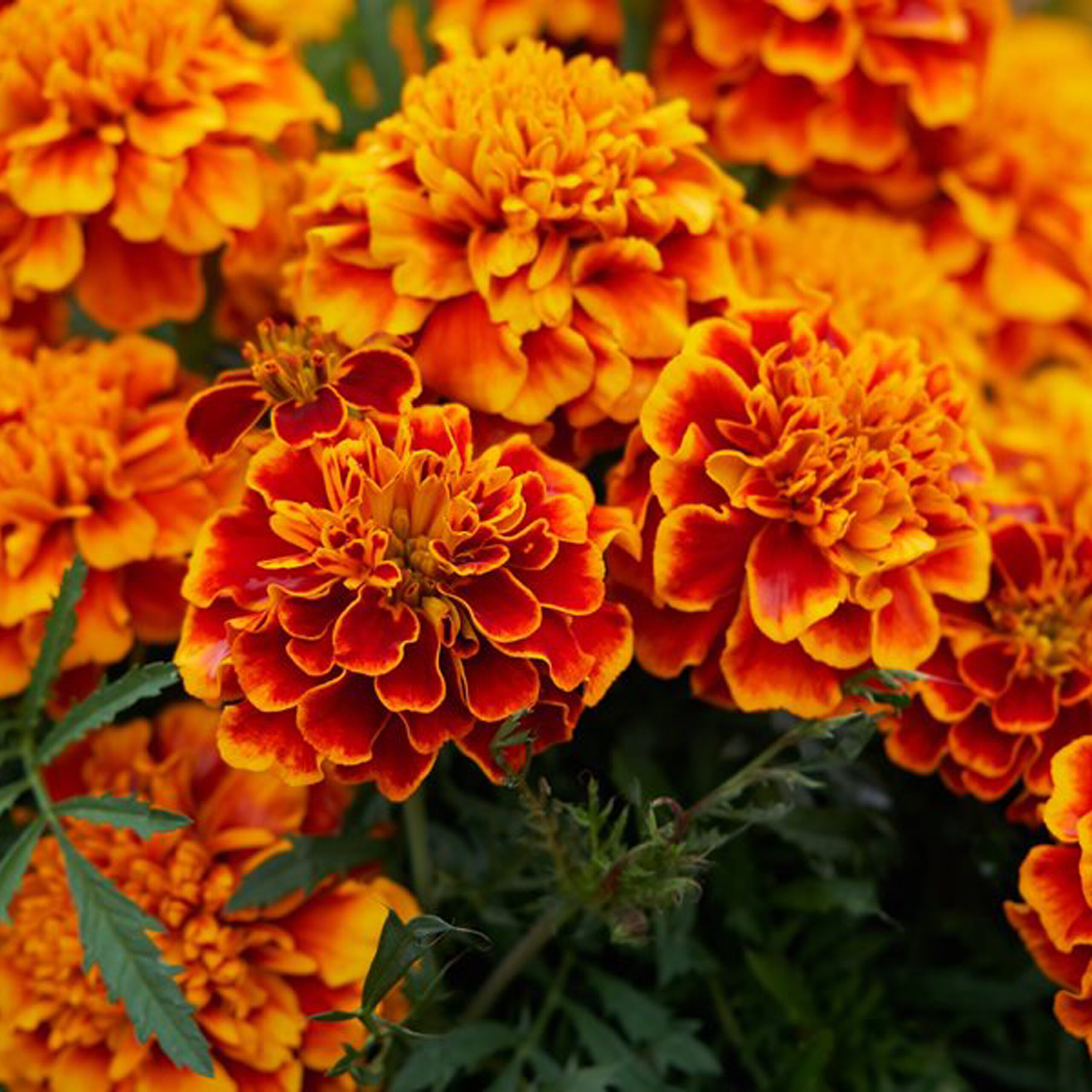
1. Marigold
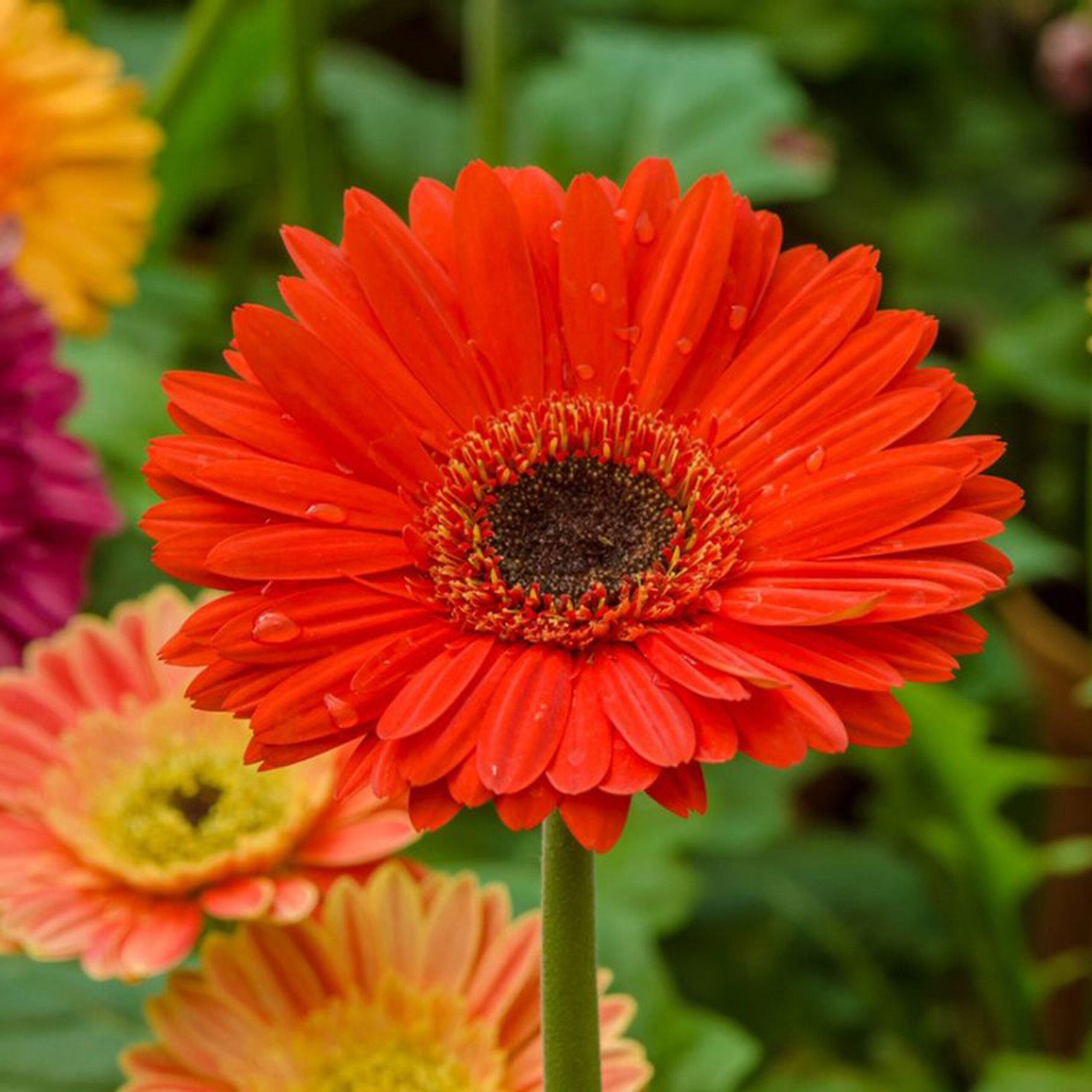
2. Gerbera Daisy
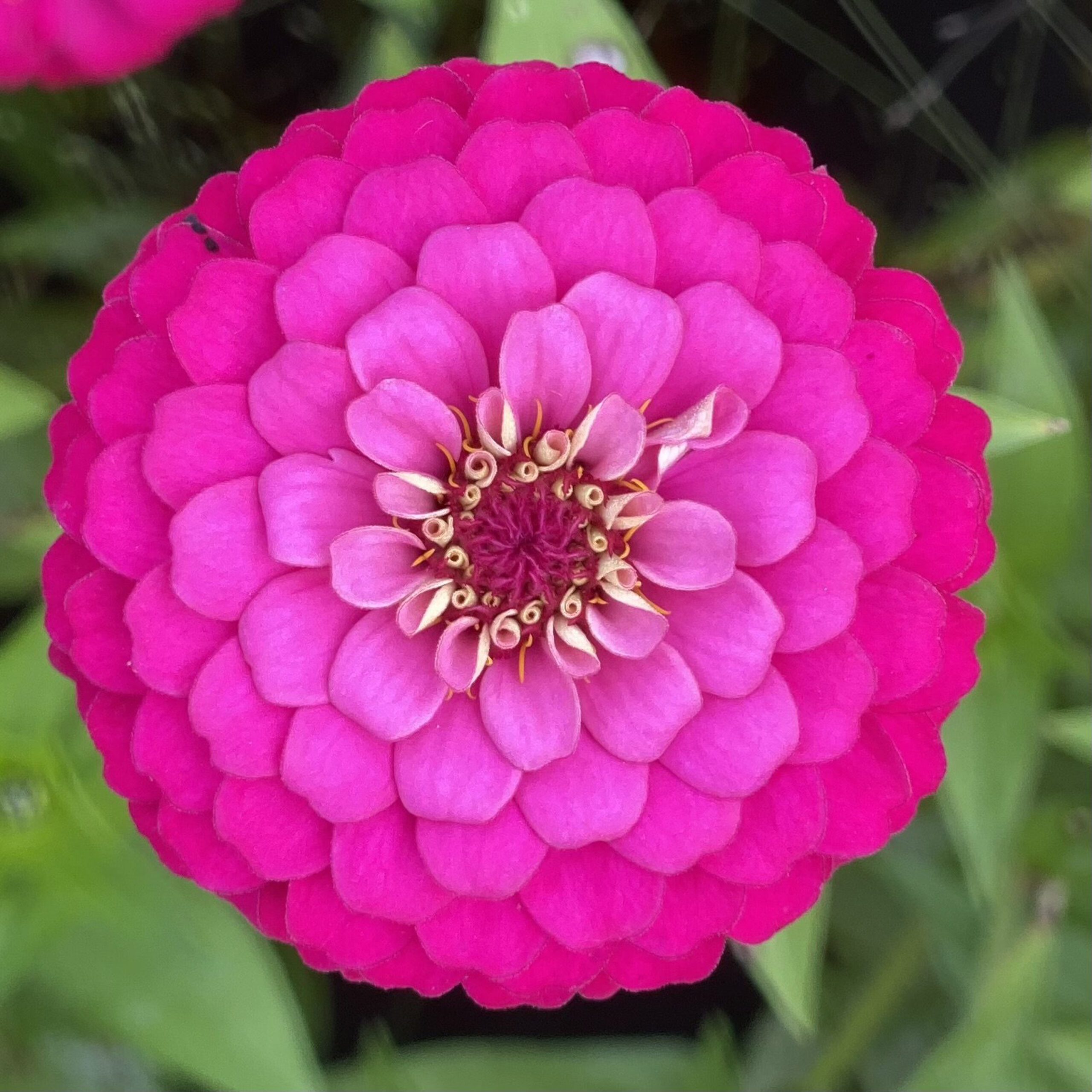
3. Zinnias
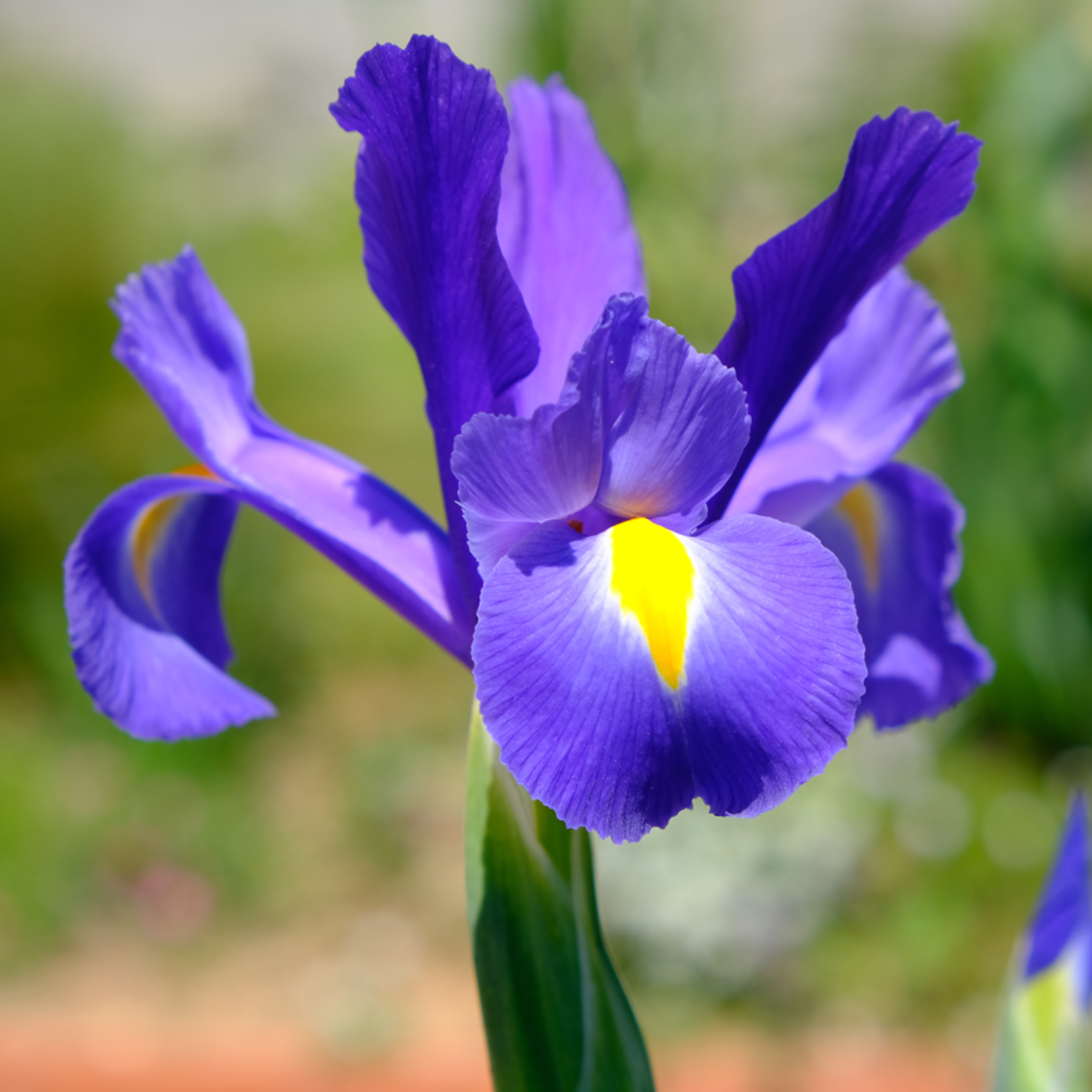
4. Iris
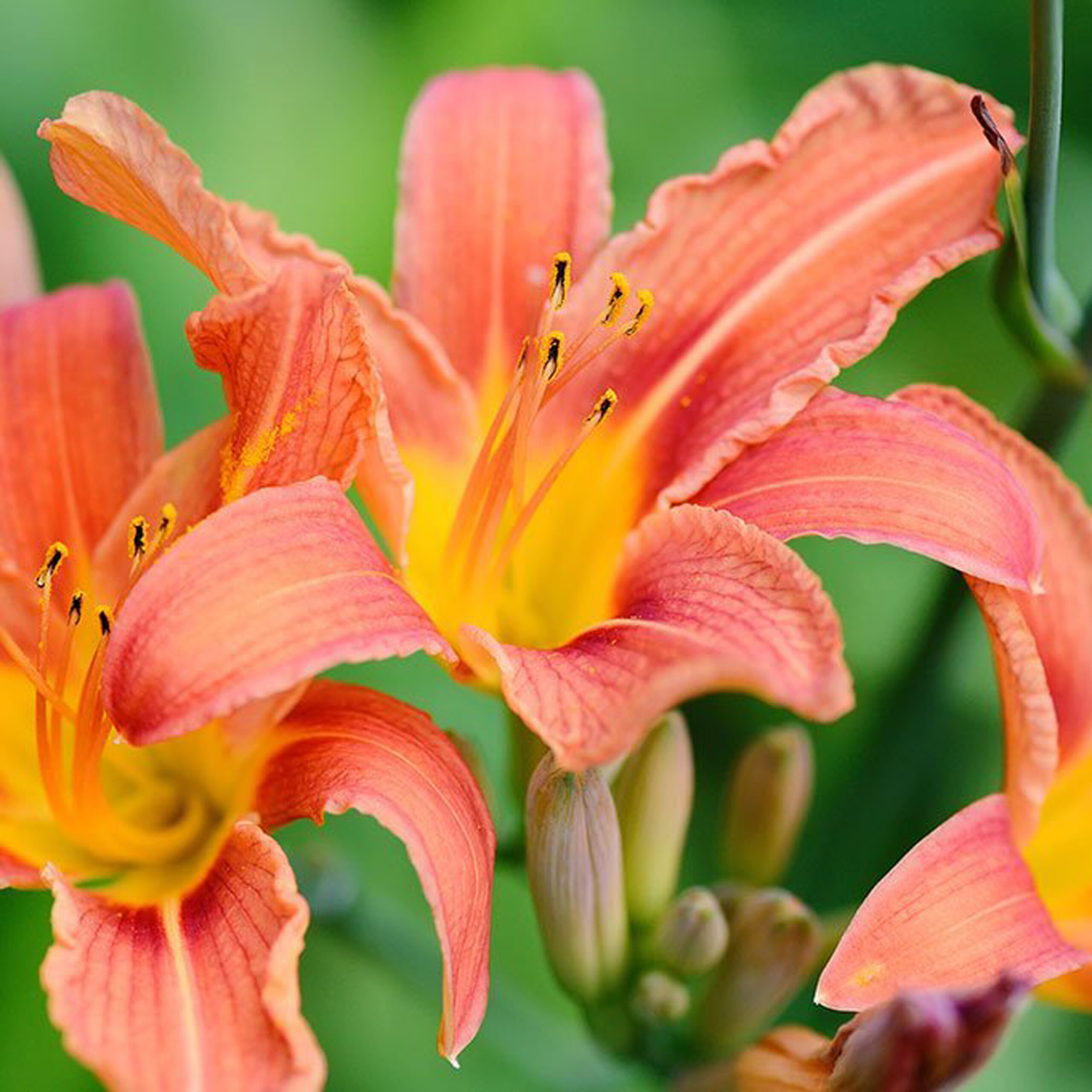
5. Daylily
Drought-tolerant plants are especially useful in developing a low-maintenance garden. These plants grow best in dry environments, and little watering is needed once they have been planted. Other examples of low-water plants include succulents, seasonal ornamental grasses, and lavender, which are attractive types of plants for a garden without demanding much water. Arranging these plants in a group can also bring a dramatic appearance; this way, you get to have a breathtakingly beautiful garden even though you do not need to spend time tending to it.
Watering Strategies
Irrigation is usually one of the lengthiest procedures related to gardening and landscaping. However, on using smart watering solutions, one will find that they have spent far less time on the maintenance efforts. A drip irrigation system is one of the best ways to maintain your garden with less effort and time. It puts water directly on the roots of your plants, saving both time and water because evaporation is very low and the odds of water running off are also slim. Apart from saving time, it makes it easy to deliver the right amounts of moisture to your plants without drowning them.
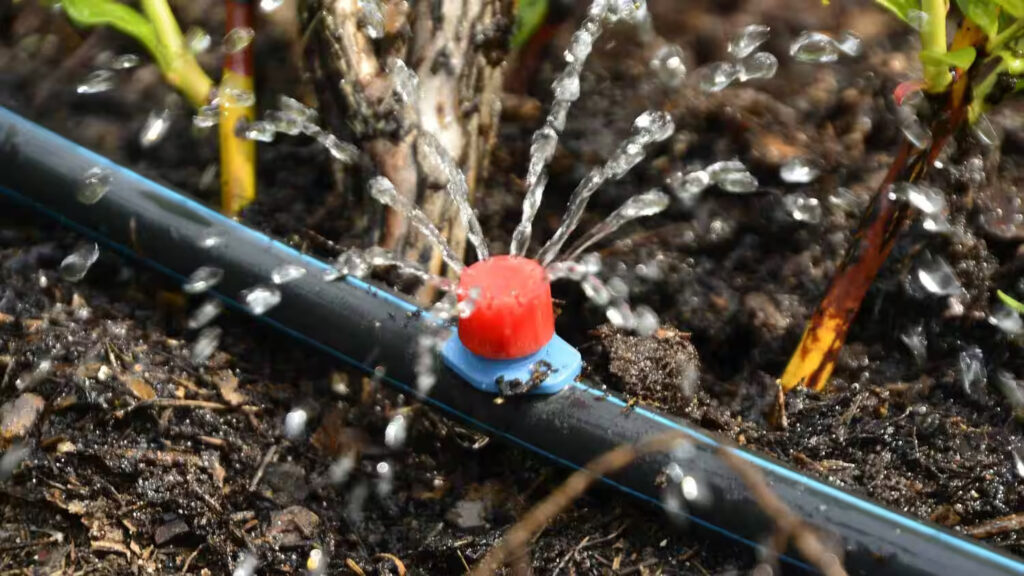
Another technique of conservation of soil moisture is through covering. Organic material put on the ground around your plants prevents the soil temperature from fluctuating or holding moisture from evaporating. Also, many weeds tend to grow on the surface of gardens, and by applying Cover, one will cut down on time spent weeding. Other organic materials include woods, chips, or straw, which add to the fertility of the soil as they decompose.
Using rain watering barrels is a good example of environmentally friendly methods of making water available to your garden. Barrels can be installed under downspouts in order to collect water during the course of a shower. Apart from saving water, this practice will also help you fight your dependence on the municipal supply. Irrigation with harvested rainwater is therefore a sustainable measure that should be embraced since it will be economical on your pocket yet deliver water to your garden.
Designing Structured Garden Beds
Designing a system of well-defined, separate planting areas is, indeed, an important part of low-maintenance gardening. Very straight borders are easy to maintain and also add a nice touch to any garden environment. For instance, raised beds have so many benefits as follows: They enhance water drainage, prevent soil compaction, and allow easy maneuvering within gardening spaces without too much bending down. When used, they can also be filled with polychampion soil, allowing for healthy growth of plants in the beds.
Maintaining neatness and appearance of gardens can be measurably improved by putting a clear and distinct boundary around the edges of the beds. Stones, bricks, or wood should be put in a clear way and offer clear edges to the plants, helping in arranging the plants as well as adding an enhanced neatness aspect. This means when cutting grass around the plants, you will not hurt the plants through the use of the lawnmower or trimmer. Also, using low-height plants or ground covers along the borders of your flower or vegetable beds adds an appealing finish without so much maintenance.
Embracing Hardscaping
Utilization of the hardscape into the garden layout cuts down the area on planting and, in effect, the amount of maintenance required. Hardscape is military terminology and civil engineering that involves a combination of stone, gravel, or concrete in designing walkways, patios, and design structures. These elements can complement the space and even beautify your garden, and most of them would not demand maintenance at all.
The gardening can include designing the pathways and walking surfaces using the stones or pavers that will offer you good sitting areas and ways of moving around your garden without stepping on plants. It not only makes your external region much more easily accessible but also compels a person to go outside and appreciate the space. Fixing benches or chairs Read more as garden ornaments also makes a corner in the garden easy to sit with friends or relax.
Water features or sculptures or different levels of planted containers also serve as interest while not requiring large amounts of planting. Such facets act as accents, to which your gaze is drawn and which contribute towards the balance of the interior. Introducing hardscaping structures in the garden would come in handy, as good planning of the structures enables the garden to have a balanced layout and a beautiful view.
Embracing Minimalism
As much as possible, a garden does not have to have an incredibly complicated design, and a minimalist concept for the garden does not mean that beauty cannot be achieved. Thus, the idea of streamlining by using few types of plants helps to have a single theme. It also provides aesthetics and the benefit of making the maintenance process less complicated than it would be with ordinary fixtures. The resulting appearance of the land can be very pleasing and does not need to be complicated as some sophisticated designs might entail.
Another great design method is the use of negative space. Avoid planting nearby each other and leaving some empty space between those plants in order to make some contrast. One advantage of this approach is that it offers the opportunity for each plant to reveal its potential as well as makes a kind of harmony within the garden. Very often, a minimalist garden has a very calming and sophisticated atmosphere that is perfectly fit for the territory where one can relax and reflect.
Smart Weeding Techniques
Nothing may be as time-consuming in gardening as when it comes to weeding, especially if the location has suffered from a heavy infestation. But there are several ways through which you can at least reduce this activity as much as possible. Pre-emergent herbicides can control the germination of the future weeds; therefore, you will have a small number of weeds in your garden. These products may be used in the gardens by the organic gardening techniques, but they are very effective in creating a maintenance-free landscape.
Weed also requires regular maintenance so as to effectively control weeds. Taking a couple of minutes each week to survey the garden and pull out weeds will definitely cut out several hours of weeding later. While managing your garden in this way is beneficial aesthetically, it is also efficient because weeds that are allowed to grow long taproots are significantly simpler to eradicate.
He added that it is also possible to prevent the growth of weeds by developing a high-coverage planting pattern. Since the plants would be crowded when sited close together, the weeds could not easily compete for resources with the plants. Choosing the ground covers or low-growing plants also satisfies existing gaps so that there will be a bench occupied by the weed, and the garden will be magnificent.
Planning for Seasonal Interest
Using plants with interest during certain seasons can make the garden look good for most of the year without much change. Flowering plants: this is one of the most effective strategies of planting where a gardener gets to select different plants that bloom in different seasons to give his garden or compound that natural, alive touch. For instance, early bulbs of tulips and daffodils can give the early burst of color that lasts nearly until the perennials of summer come into bloom in profusion.
There is always a certain amount of construction and planning as you place evergreens in the landscape so that even during the cold months your garden looks good. They are also very valuable for they offer a kind of green throughout the wintertime when many other plants are no longer growing. Just like with all our design choices, planning for seasonal interest will ensure that your garden looks vibrant and welcoming—come rain or shine.
Planning outdoor recreation: Expert perspectives on landscape
We help turn your visions into reality with personalized landscaping solutions that speak to your personal style. Be it a beautiful flowerbed or a cozy patio, we guide you through every step to the realization of your dream space.
Quick Links
Contact us
Botaniclay and Bricks LLP
- Home
- About us
- Contact us
- Our Gallery
- Landscaping
- Interior Design
- Construction
- Other Services
- No258/2, Bagaluru to sathanuru Main Road Bengaluru, Karnataka-562149
- +91 7543 977 177
- [email protected]
